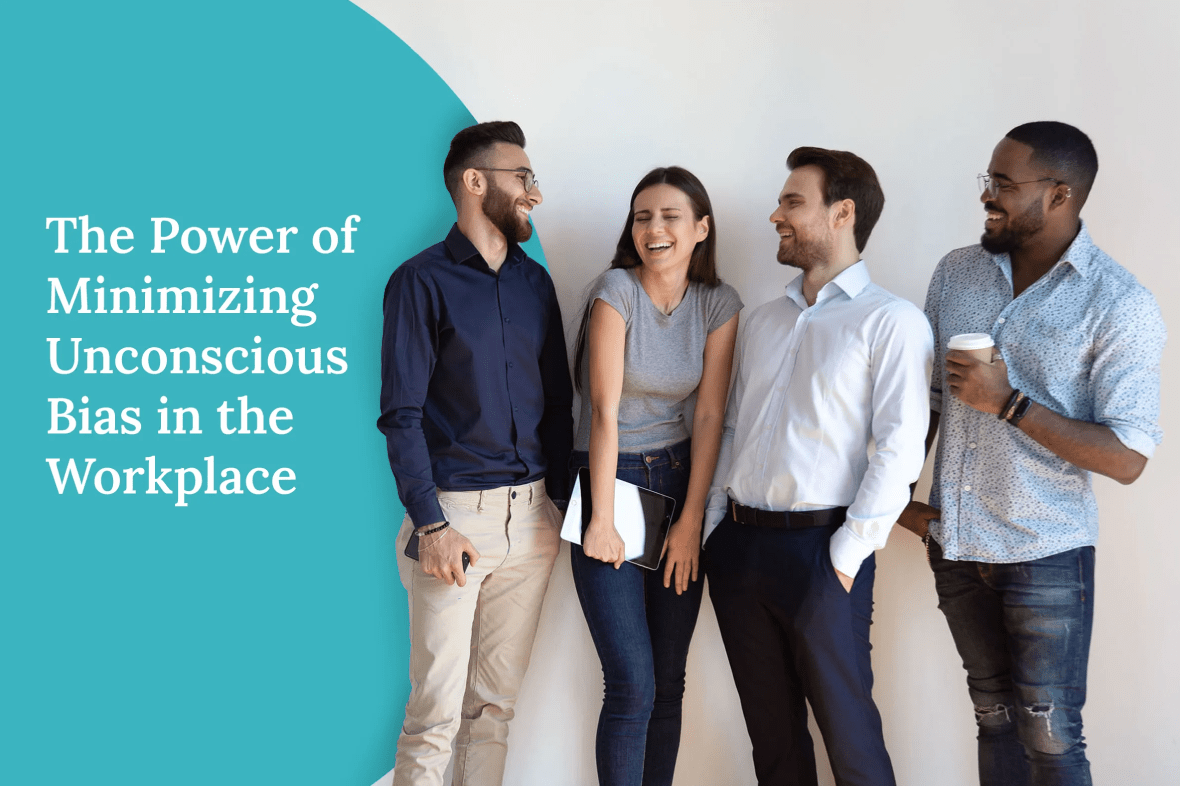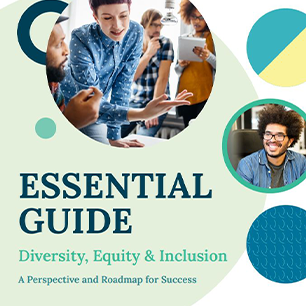The Power of Minimizing Unconscious Bias in the Workplace
The Impact of Unconscious Biases in the Workplace
In this series, we’ve explored unconscious and implicit biases, their typical forms, and how to protect your workplace and employees (link) from unconscious bias.
To thoroughly understand the impact of unconscious bias in the workplace, we must examine the impact of our collective unconscious biases as they affect our ability to attract, recruit, hire, effectively evaluate performance, and promote top talent. The systems and processes by which we recruit, hire, evaluate, promote, form teams, and innovate are often our biggest weaknesses.
Impact of Unconscious Bias on Recruiting and Hiring
It is difficult to identify and understand our own unconscious biases. Still, perhaps an even greater challenge is addressing the collective impact of these biases on our ability to innovate, be productive, and hire, develop, and retain the best talent.
This bias towards similarity (often referenced by the term ‘fit’) comes up time and time again. Fit is often the justification hiring managers use when choosing between two equally qualified candidates. You should be compelled to ask two questions whenever you hear the word fit. First, fit with whom? And second, who decides?
When we fail to recruit and hire the best and most qualified candidates, we exercise bias as we recruit and hire for fit and comfort. This pattern of hiring limits diverse talent and impairs our ability to be productive and innovative and to grow thriving cultures.
By increasing exposure to various people and groups and developing discipline and awareness around our unconscious biased thinking and decision-making, we can drastically improve talent selection and the potential for positive impacts for our organizations.
Impact of Unconscious Bias on Performance Evaluations
In addition to impacting recruitment and hiring, unconscious bias influences performance evaluation and can impact our ability to manage talent.
The key to any satisfactory performance evaluation is the leader’s ability to give feedback and coach their employees. One can imagine that it is far easier to coach and offer feedback to someone you are similar to as opposed to someone you may not completely understand.
If you manage someone quite different from you, you are less likely to anticipate their reaction to your feedback. You might be less comfortable interacting with these individuals. As a result, you might decrease the frequency of interactions essential in building up the confidence and comfortability required to coach and provide feedback effectively.
Impact of Unconscious Bias on Innovative Thinking
Few of us attempt to integrate what we know with what we don’t know or must seek out. This integration is often where holistic and innovative solutions come from. Unconscious bias is the enemy of innovation, driving us toward the easiest and quickest solutions at the expense of more creative and diverse ideas and greater reach.
Impact of Unconscious Bias on Team Formation and Performance
Our unconscious bias encourages us to act within our comfort zones, so we often put teams together in a very biased manner.
Unconscious biases often lead us to form teams based on what we know, what we are most familiar with, and what we believe would give us the desired outcome. When putting together high-performing teams, organizations ensure all voices are heard while encouraging respectful conflict, debate, and a sense of accountability, not from the top down but from peer to peer.
The Power of Minimizing Unconscious Bias in the Workplace
The benefits of minimizing unconscious biases – that can undermine DEIB efforts and recruiting and retention programs – will show a return on investment in the following ways:
- Employee comfort, respect, engagement, and motivation
- Ability to hire the best talent through DEI recruitment strategies
- Reduced attrition
- Increased inclusivity and collaboration
- Alignment up, down, and across the organization on mission and values
- Creativity and innovation, and diversity of thought
- Greater team and organizational performance
- Stronger reputation in the industry, with talent prospects, customers, and
with community
Conclusion
Inside all of us exists an unconscious bias towards those different from us.
This is not an affliction of the majority but a part of the human condition. When not addressed and regulated, bias causes DEIB program strategies to fail, discriminatory practices to go unnoticed, and demographic disparities within the workforce to continue.
Although unconscious bias exists outside our conscious awareness, there are effective ways to recognize, manage, and lessen its impact, the most important of which is establishing a culture of awareness, disciplined thought, and collective effort to seek understanding.
Syntrio has partnered with thousands of organizations to uncover and eliminate biases in the workplace through our extensive training programs, workshops, and employee hotline platforms. We’re here to help you build healthier cultures: one organization, one culture, one person at a time.





